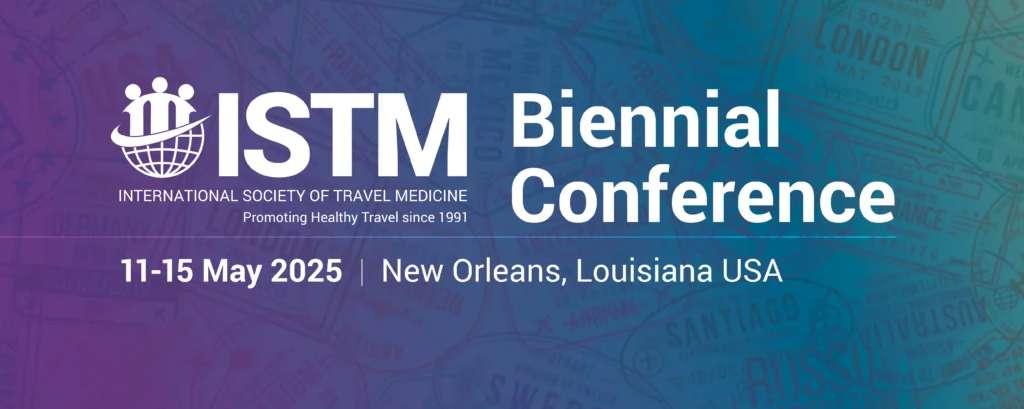Alertas
Entre el 1 de Enero y el 13 de Abril del 2025, se han notificado 189 casos humanos confirmados de fiebre amarilla en cuatro países de la Región de las Américas, de los cuales 74 han resultado fatales. Estos casos de fiebre amarilla han sido reportados en: el Estado Plurinacional de Bolivia, con dos casos incluyendo un caso fatal; Brasil con 102 casos, incluyendo 41 casos fatales; Colombia con 53 casos, incluyendo 21 casos fatales; y Perú con 32 casos, incluyendo 11 casos fatales.
Con el inicio de la temporada de mayor circulación de influenza y otros virus respiratorios en el hemisferio sur de las Américas, la OPS/OMS recomienda a los Estados Miembros ajustar los planes de preparación y organización de los servicios de salud para una eventual sobrecarga en el sistema sanitario.
El estado de Santa Catarina es conocido en Brasil por sus innumerables bellezas naturales y atrae a un gran número de turistas brasileños y extranjeros durante todo el año. El creciente número de casos de Dengue y Chikungunya en este estado refuerza la necesidad de una mayor atención a las acciones de prevención entre los viajeros. El Departamento de Vigilancia Epidemiológica (DIVE) del Estado de Santa Catarina divulgó un Informe Epidemiológico con datos del año 2025.
Entre el 1 de Enero y el 16 de Marzo de 2025 se han notificado 131 casos confirmados de fiebre amarilla en humanos, de los cuales 53 han resultado fatales. Estos casos han sido reportados en: el Estado Plurinacional de Bolivia, con un caso fatal; Brasil con 81 casos, incluyendo 31 casos fatales; Colombia con 31 casos, incluyendo 13 casos fatales; y Perú con 18 casos, incluyendo ocho casos fatales.





